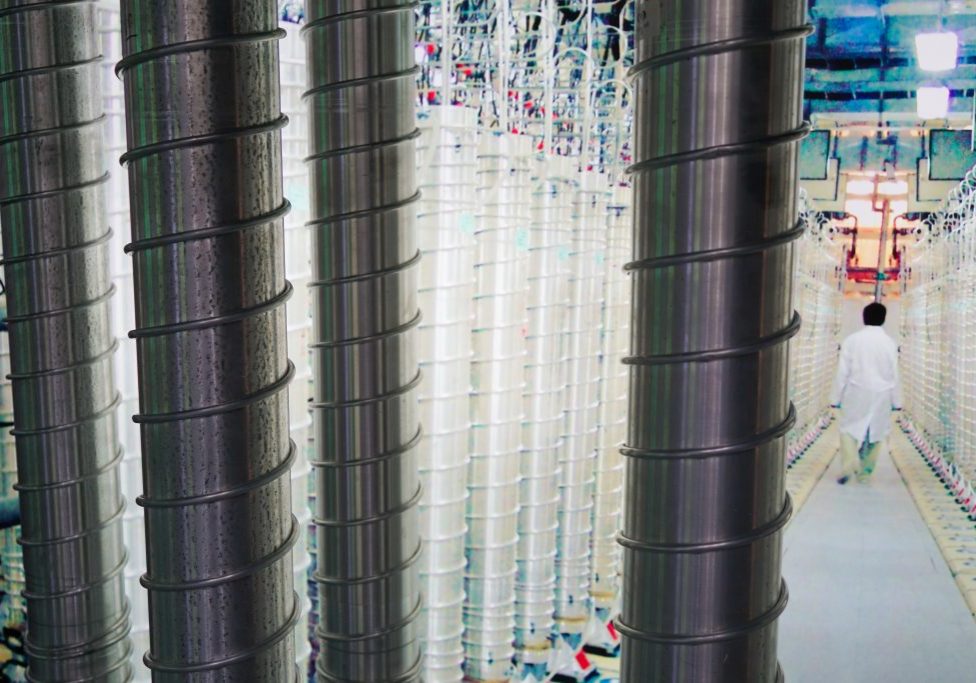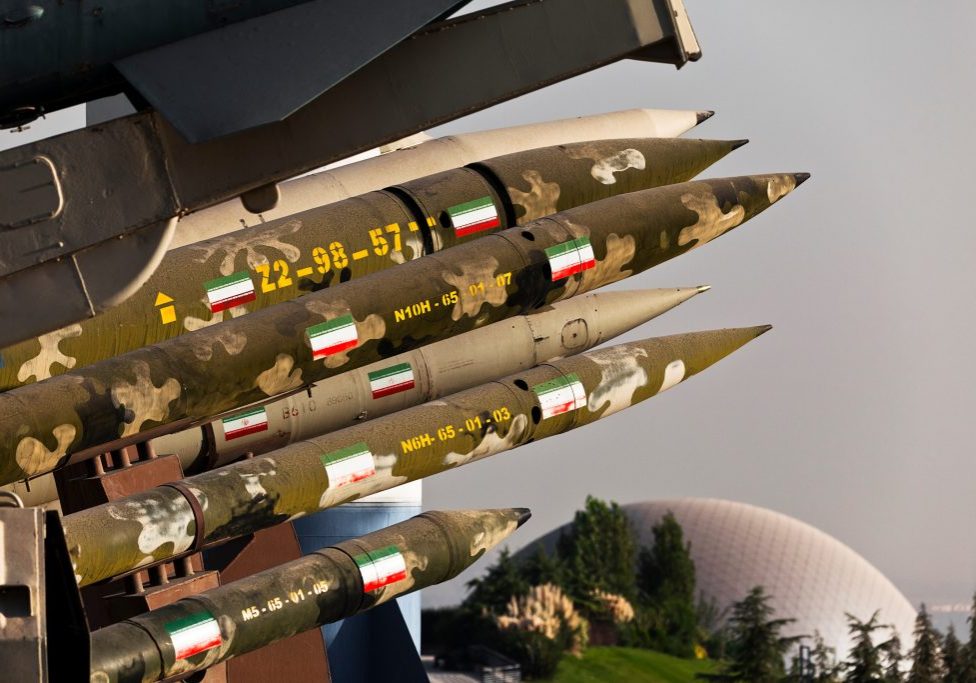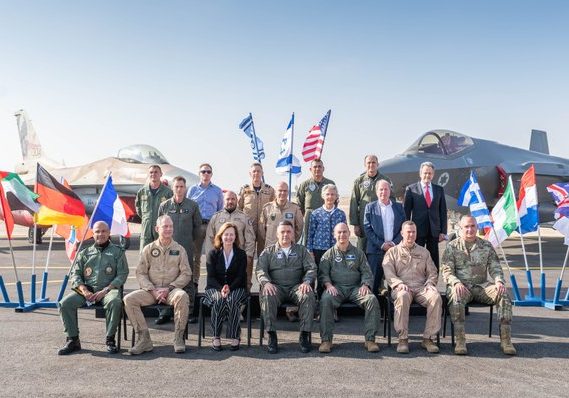Australia/Israel Review
The NIE and the Iranian Bomb
Jan 1, 2008 | Patrick Clawson
By Patrick Clawson
The National Intelligence Estimate (NIE) released at the beginning of December, “Iran: Nuclear Intentions and Capabilities”, is about weaponisation, not the enrichment and fuel cycle issues that have been the focus of multiple UN Security Council and International Atomic Energy Agency (IAEA) board resolutions regarding Iran’s nuclear program. The NIE only suggests that Teheran has changed its sequence – something that does not slow the country’s progress toward a nuclear weapon by a single day. Therefore, it is not clear how this report affects the current thrust of US and international policy: to stem Iran’s nuclear fuel cycle capabilities.
Is Iran Aiming to Make a Nuclear Weapon?
The NIE states, “We assess with high confidence that Iran has the scientific, technical, and industrial capacity eventually to produce nuclear weapons if it decides to do so.” The key word in that sentence is “eventually”, because the most vital question worrying Iran’s neighbours and the international community is when Iran will be able to produce its first nuclear weapon. The estimate says nothing about how the reported halt of Iran’s nuclear weapons program affects that date.
One estimate of how long it would take Iran to produce nuclear weapons once its openly acknowledged fuel-cycle facilities are completed is “a few months.” That estimate – from the Nobel Peace Prize-winning director of the IAEA, Mohamed ElBaradei – suggests that the existence of a weapons program is not important until Iran is close to producing fissile material. Making fissile material is difficult – making a bomb is not necessarily as hard. Although constructing a nuclear warhead for a missile is tricky, making a bulky, heavy nuclear device that can fit into a ship container or a truck is rather easy. That is why the forty-year effort to verify and enforce the Nuclear Nonproliferation Treaty has been based on controlling the production of fissile material.
The NIE states that Iran is making a headlong rush to produce enriched uranium – an attitude that does not support Teheran’s claims of a strictly peaceful nuclear program. Indeed, the NIE’s information about Iran’s enrichment program is inconsistent with any claim that the regime has abandoned its interest in nuclear weapons. In fact, the new report barely changes the 2005 estimate about when Iran might obtain sufficient fissile material for a bomb.
In that earlier report, the intelligence community concluded that the prospect of Iran making a nuclear weapon “is unlikely before early-to-mid next decade.” In the current report, more details are provided, but the message is much the same: “We judge with moderate confidence Iran probably would be technically capable of producing enough HEU [highly enriched uranium] for a weapon sometime during the 2010-2015 time frame.”
How Much Confidence Is in Order?
The US intelligence community has a poor track record regarding nuclear weapons programs, making incorrect judgements on some of the most important proliferation cases. Most infamously, it badly misjudged not only what Iraq was doing, but also how confident the intelligence community could be about Baghdad’s efforts on that front (e.g., former CIA Director George Tenet’s “slam dunk” remark). And although less noted, the intelligence community long underestimated the progress Libya and North Korea were making before it successfully caught both regimes red-handed – a delay that brought scathing remarks from the US Commission on WMD Proliferation. The intelligence community also failed to spot India’s nuclear test preparations in 1998, and its confidence that South Africa was not working on nuclear weapons was proven wrong.
There is a pattern here. A charitable interpretation would be that nuclear programs are difficult to assess. A less charitable interpretation would be that the United States has not figured out a fully accurate way to judge progress in such programs. Part of the problem is imperfect information, but there is also the inherent difficulty of interpreting intentions and future actions. No matter how good the data, it does not tell us the “why” or the “what next”.
Indeed, the US intelligence community’s track record on Iran suggests that its knowledge has been imperfect. As the new NIE points out, the 2005 estimate assessed “with high confidence that Iran currently is determined to develop nuclear weapons,” whereas the new estimate is that Iran halted its nuclear weapons program in late 2003 – well before the 2005 estimate came out. Since the intelligence community decided it was wrong in 2005, one might think that US intelligence agencies would be more cautious about what they now know. It is possible that the new information is the last word on the subject, but it is vital to remember that deciding whether or not Iran is “determined” is a matter of interpretation, not just information.
The contrast between the NIE and the recent IAEA report is also sharp. In the latter report, the IAEA was extremely careful to highlight what it does not know. The concluding paragraph warned that the agency “is not in a position to provide credible assurances about the absence of undeclared nuclear material and activities in Iran.”
Does Pressure on Iran Work?
The clear sense from the new NIE is that pressure on Iran works. In the estimate’s words, “Our assessment that the [nuclear weapons] program probably was halted primarily in response to international pressure suggests Iran may be more vulnerable to influence on the issue than we judged previously.” A longtime assumption of current policies has been Iran’s vulnerability to influence on the nuclear issue, so it would be comforting to think that the NIE is correct.
Yet, the NIE provides little reason to come to that conclusion. The alternative, more cynical interpretation of what it describes is that Iran understood that suspending its nuclear weapons program would have no effect on its progress toward nuclear weapons, yet would reduce the risk that IAEA inspectors would discover Iran’s true intentions. The NIE provides no reason to favour its optimistic interpretation over this pessimistic view.
The new estimate is sure to have considerable political impact. Before deciding on what the NIE means for policy, one should first be sure what it says. The reality is that the estimate says little about whether Iran still aims to produce nuclear weapons or when it might do so. The NIE’s information supports the theory that Iran has simply changed the sequencing of its nuclear weapons effort – not necessarily the theory that Iran is no longer pursuing nuclear weapons.
Patrick Clawson, The Washington Institute for Near East Policy’s deputy director for research, is the author of several books on Iran. © Washington Institute, reprinted by permission, all rights reserved.
Tags: International Security






